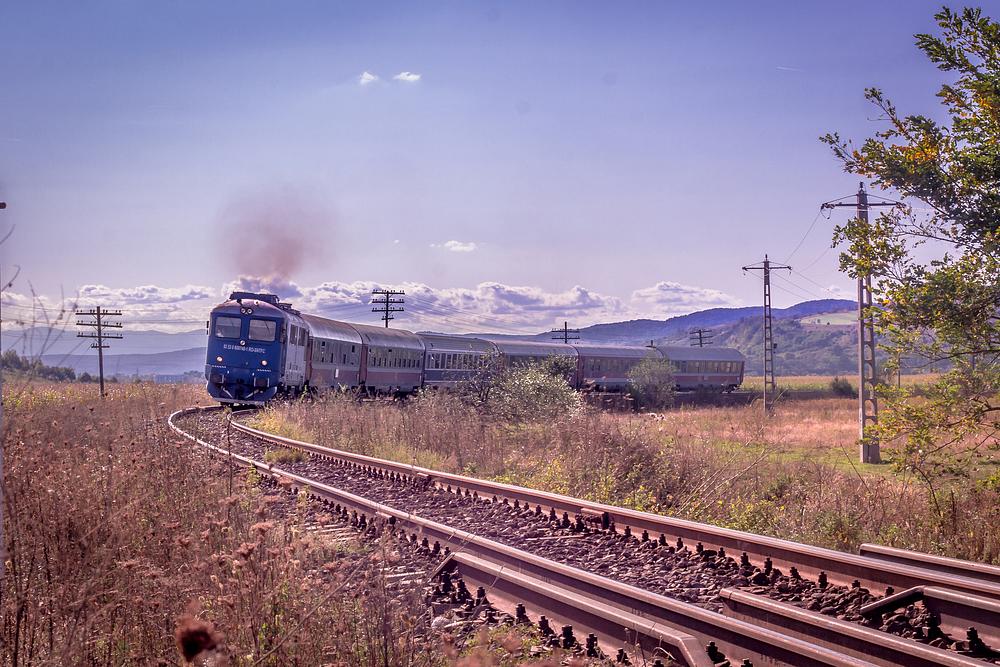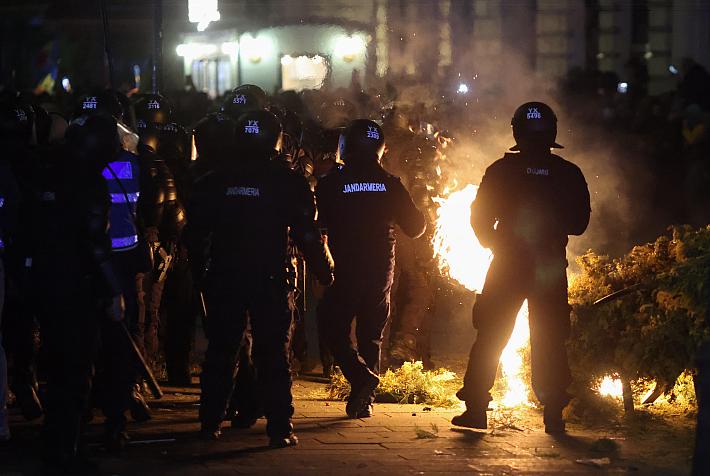Romanian trains running at lower speeds in 2019 vs. 2009

Some sections of the Romanian railway network have been revamped in the last ten years but the modernization was carried out at a slower pace than in other countries in the area, and some passenger trains are running at lower speeds in 2019 compared to 2009, according to a ten-year analysis of local Hotnews.ro.
The same analysis revealed that the Romanian trains had more wagons ten years ago, and the number of passengers was almost double back in 2009.
Data on trains running at lower speeds in 2019 vs. 2009 showed that, for example, the fastest train running in 2009 on the Bucharest-Timisoara route was covering this distance in 7 hours and 47 minutes. Today, the fastest train on this route needs 9 hours and 10 minutes to cover the entire distance.
Other examples include trains on the Bucharest-Arad route – the fastest train in 2009: 9 hours and 18 minutes vs. the fastest train in 2019: 10 hours and 5 minutes, on the Bucharest Oradea route – fastest train ten years ago: 10 hours and 45 minutes vs. fastest train today: 12 hours and 39 minutes, and on the Bucharest-Suceava route: 5 hours and 57 minutes in 2009 vs. 6 hours and 20 minutes in 2019.
However, there is also a route on which the speed decreased considerably in ten years, and that is Bucharest-Constanta. The modernization of this railway section began in 2009 and ended in 2014. If the fastest trains linking Bucharest to the seaside city of Constanta were covering this distance in 4 hours and 36 minutes ten years ago, now they only need 1 hour and 56 minutes.
Meanwhile, the revamping works on the Corridor IV began in 2012 and are still ongoing, which means that speed restrictions on some segments, such as Brasov-Sighisoara, will still be in place for a long period.
Hotnews.ro also said that the state-owned company CFR was using about 1,500 wagons daily ten years ago, with trains made up of 16-18 wagons traveling on Fridays to Sighet or Oradea. Today, most trains have 3-5 wagons.
Meanwhile, private operators began operating on the local market, among them Transferoviar, Regio Calatori, Softrans, and Astra Transcarpatic.
Romanian trains register total delays of three years in six months
Irina Marica, irina.marica@romania-insider.com
(photo source: Shutterstock)











